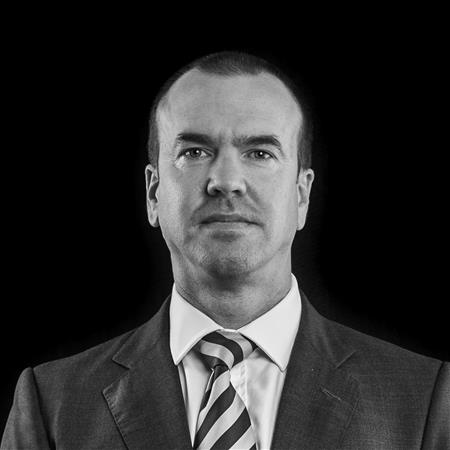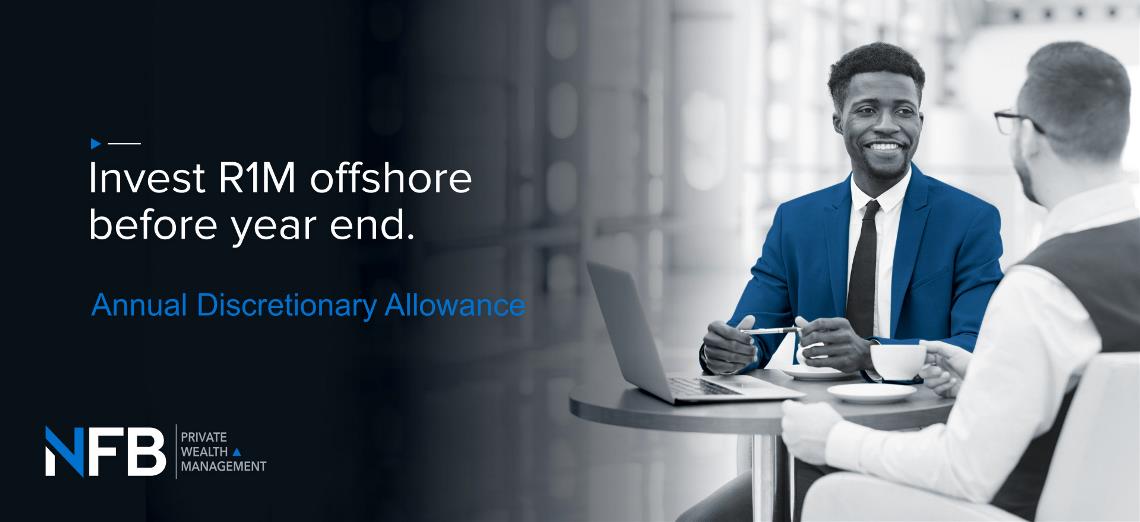Personal discretionary allowances: don’t miss December’s deadline
Before you start celebrating the New Year, make sure you’ve used your 2019 personal discretionary allowance by 31 December.


For many of us, our financial affairs tend to slip down the priority list as we head into the year end. But December is not only about year-end parties and relaxing on the beach; it’s also your last chance to physically move money abroad without having to apply for tax clearance by using your annual discretionary allowance.
What are the benefits of moving money offshore?
Investors take their money out of the country for a number of reasons. It’s a good way to diversify away South Africa-specific risk, to expand your portfolio beyond the investment themes that exist in the domestic market and it can protect your wealth against a devaluation in the rand.
What is the best way to invest abroad?
In our view, the most effective way to create genuine offshore exposure is through physically moving your cash from your South African bank account to an overseas account and converting your rands into foreign currency. To do this you can make use of your single discretionary allowance (SDA) and/or your individual foreign investment allowance (FIA), if you are a taxpayer in good standing and over the age of 18.
Single discretionary allowance: Allows investors to take up to R1 million out of the country in a calendar year without a tax clearance certificate or permission from the South African Reserve Bank (SARB).
Foreign investment allowance: To move more than R1 million abroad, investors can use their FIA to take up to an additional R10 million out of the country in a calendar year. However, a tax clearance certificate and approval from the SARB is required.
In total then, current regulations enable you to move R11 million per calendar year overseas. Once your rands have been converted in foreign currency you can spend or invest it subject to certain restrictions. Any gains you make on these investments can be retained offshore in foreign currency indefinitely.
What are the other options?
Other options include investing in a feeder fund or undertaking an asset swap. In both cases your money never actually leaves the country, so the investment doesn’t count as part of your R11 million personal allowance, but you are still getting exposure to foreign assets. The feeder fund route involves investing in a rand version of an offshore fund while an asset swap involves buying the unused portion of a local institution’s foreign allowance.
With both of these options your funds are paid back to you in rands when you sell your investment. From a tax perspective, divesting from a feeder fund will see you taxed on rand gains/losses while asset swaps and foreign currency allowances are generally taxed on the base currency’s movements.
Don’t miss the deadline
As the year draws to a close, it’s a good idea to take stock of your financial affairs in general. Part of this process should be assessing whether you’ve made full use of your offshore personal allowances ahead of the 31 December deadline. Before you get caught up in the frenzy of the holiday season, speak to our team of experts at NFB to ensure you’re getting the most out of your offshore investments.













